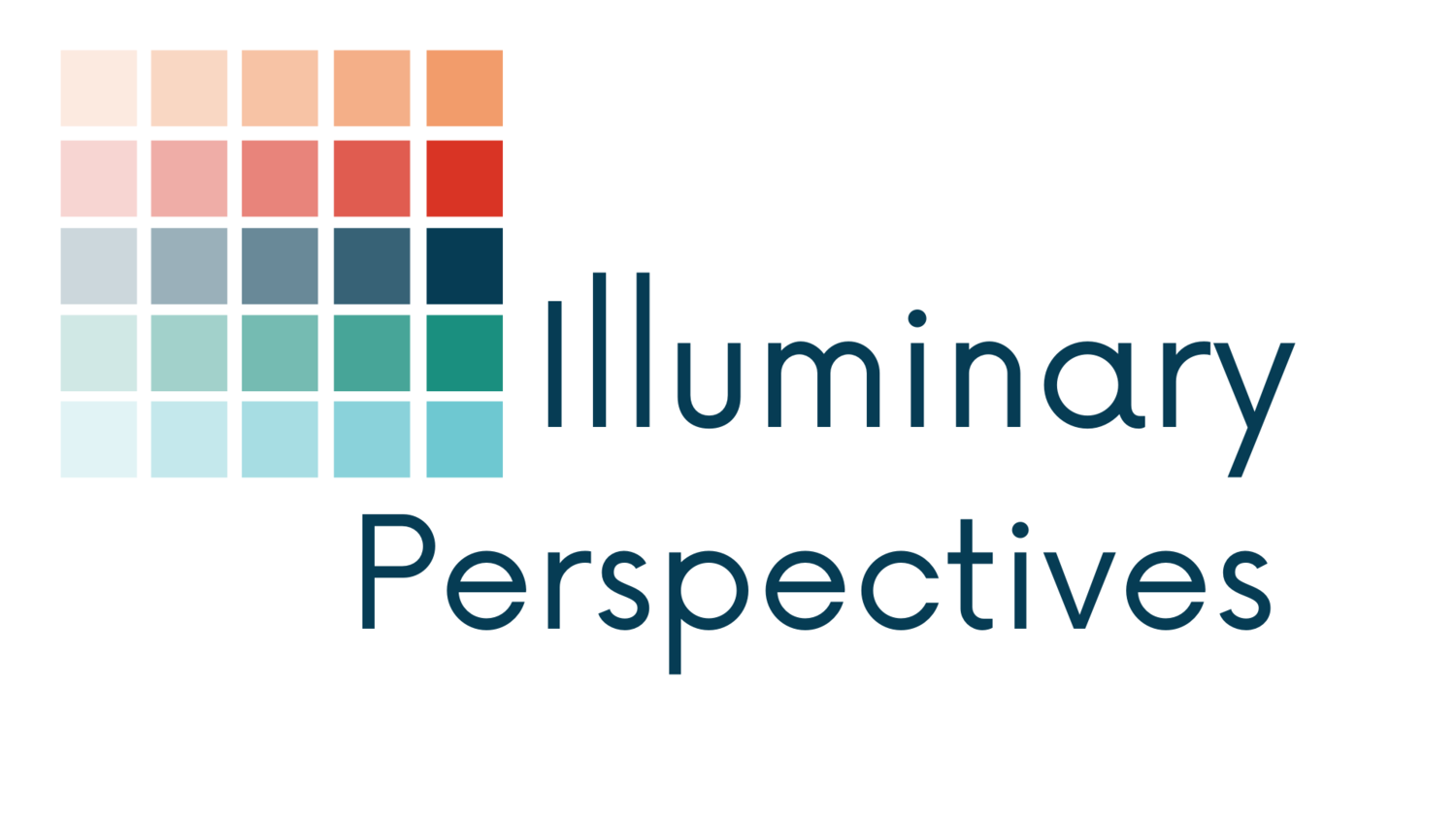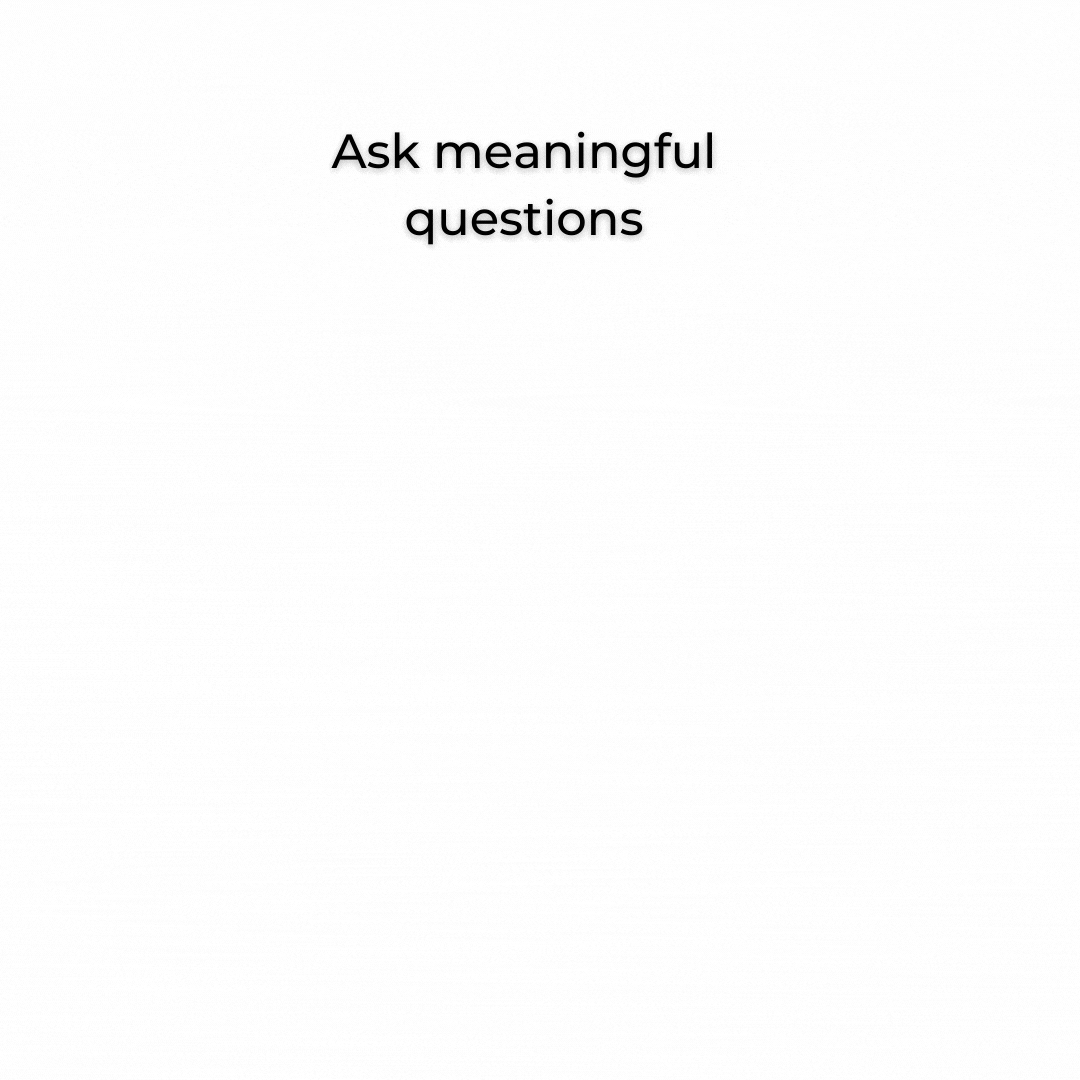Embracing learning with a purpose
Does this sound familiar?
You collect a lot of data from your clients, about your community, or about your work, but so little of it is actually used beyond a grant report (or even in a grant report)
You hear from your clients that they like your programming, but you aren’t sure what about your programming is having the greatest effect
You have a hunch that your programming could be better, but you aren’t sure what to tweak
You take in massive amounts of data, evidence, and information, but can’t make sense of what it is actually telling you
Enter: Purposeful Learning
Purposeful learning is a mindset, approach, and process that will help you do your work more effectively and deepen your impact. Purposeful learning can help you adapt to changing circumstances, start a new project or program, and do your work more effectively and efficiently. Purposeful learning is a day-to-day practice that can expand and contract to your specific needs and projects.
What is purposeful learning?
Learning is one of those words. We all know what it is - but have you ever stopped to think about its definition? Merriam-Webster defines learning as “the activity or process of gaining knowledge or skill by studying, practicing, being taught, or experiencing something.”
When we think about learning in an organization to drive social change, there’s something missing from this definition. Yes, learning is about gaining new knowledge or skills. But how does that help you serve your community better and get closer to your mission?
I prefer Fourth Quadrant Partners’ definition of learning:
“When people notice their results, reflect on their results, and change what they do - and when their new thinking and action produce better results.”
Purposeful learning takes it one step further. By learning on purpose, we are specifically setting the intention of what we want to learn and why. Purposeful learning guides our attention as we take in massive amounts of information every day.
Purposeful learning can be done in any configuration within your organization or group - as an individual, as a small group or team, or as a whole organization or collaborative. As you embrace purposeful learning in one part of your work, it will easily spread to others.
How does purposeful learning happen?
Practicing purposeful learning engages a cycle of four key steps:
Ask meaningful questions: Questions help you focus your attention. Meaningful questions are connected to the critical components of your work and challenge assumptions.
Gather intentional evidence: We take in information constantly. We often collect more data, evidence, and information than we could possibly use meaningfully. In purposeful learning, we focus the data, evidence, and information that we take in on the meaningful questions we asked.
Reflect and engage: Once you have your evidence, you need to use it. Reflect on what the evidence tells you about the questions you asked. Engage with others to get their opinions and insights. Each person will bring a different perspective to the evidence that will help you reach a more full understanding.
Change and adapt actions: Your and others’ reflections and interpretations will point you towards what you need to keep doing and what needs to change. And will likely point you towards new questions - and the cycle continues!
In the coming weeks, I’ll be sharing my tips on how to engage in each of these steps of purposeful learning. In the meantime, how has purposeful learning helped you or your organization and/or what are you excited to try?


